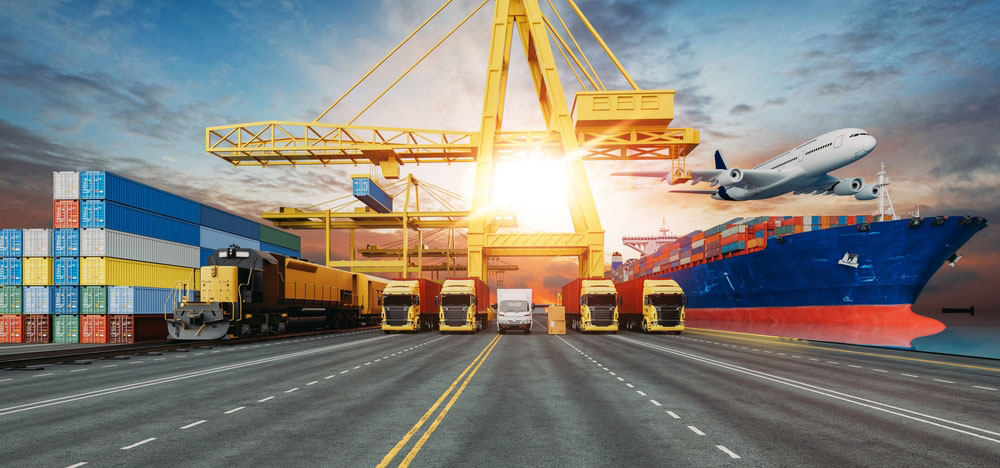Global shipping is one of those systems most of us never think about. We click a button, an order arrives, and the story ends there. But behind every smooth delivery, there’s a vast and often bizarre network moving goods from one side of the planet to the other.
And while shipping is usually about efficiency, safety, and speed, it’s also full of strange stories. From giant cabbages to coffins, the world’s logistics industry has seen it all.
The Curious Cargo of Everyday Life
Think about the strangest item you’ve ever received in the post. Maybe it was an oddly packaged toy, a bundle of garden gnomes, or a car part you didn’t even recognize. Now imagine scaling that up to the industrial level.
Freight companies are tasked with moving objects of every imaginable size, shape, and fragility. One shipment might be a thousand pineapples, the next could be a six-ton dinosaur replica for a theme park in China.
There are also the infamous ‘lost shipments’, like the cargo of rubber ducks that spilt into the ocean in the 1990s and has been washing up on beaches around the world ever since. The point is simple: What travels across our shipping lanes isn’t always ordinary.
Also Read: Weird Food Recipes Around The World
When Food Becomes Freight Oddities
Food is one of the most common global cargoes, but it can also be one of the strangest. Records show that a single cabbage once weighed over 138 pounds and had to be carefully transported to a food exhibition. Giant pumpkins, too, often require special equipment just to get them from farm to fair.
And then there are delicacies. Consider Japanese melons that sell for hundreds of dollars apiece. These carefully nurtured fruits are wrapped like jewels, handled with more care than some electronics, and shipped with military precision to ensure freshness.
These are just some of the odd cargoes that have criss-crossed the world. And, right now as you’re reading this, something just as bizarre is in the hold of an aircraft, lashed to the deck of a ship or on plastic pallets in a truck, somewhere in the world.
From Coffins to Car Parts
Not all unusual shipments are edible. Coffins, both empty and ‘occupied’, are regularly transported across borders, and they require special handling and paperwork. Then there are bizarre one-off items, like statues of cartoon characters, or even entire prefabricated houses shipped in pieces.

Car parts can be equally strange when viewed in isolation. Imagine walking through a warehouse and seeing thousands of bumpers stacked neatly in rows, or a single enormous engine being hauled as though it were a delicate sculpture.
Individually, these things can look surreal, yet they’re everyday work for logistics teams.
Animals on the Move
Animal transport adds another layer of weirdness. Zoos frequently exchange or loan animals for breeding programs, which means giraffes, penguins and even elephants have been part of unusual cargo shipments.
Special containers are built to keep them safe and calm during travel, and shipping teams have to consider everything from air circulation to feeding schedules.
It’s not just big animals either. Bees are shipped around the world to support agriculture, with hives carefully packed for air freight. If you’ve ever eaten almonds, chances are you’ve benefited from these buzzing travellers.
Animal products can also be vital. Between 1887 and 1939 the Canadian Pacific Railway ran dedicated high-speed trains across the North American continent, carrying bales of silk from Vancouver (where it arrived in ships from Japan) to the textile mills and fashion houses of New York.
Each bale of silk was worth more than a brand-new car, and a single train could be carrying the modern equivalent of $250 million. The value of the silk was such that the trains carried armed guards, and the cargo was insured by the hour, so every second counted. The silk trains had priority over all other traffic, even forcing a train carrying the visiting King George VI to move aside on one occasion.
Why the Weird Stuff Matters
It’s easy to laugh at the idea of someone shipping a giant cabbage or an empty coffin, but the truth is, these odd stories highlight the sheer range of human activity. The shipping industry does more than move the basics, but reflects culture, tradition, and human curiosity.
Festivals, science projects, art exhibitions, and even funerals all depend on reliable logistics. These weird items remind us that shipping isn’t just about consumerism; it’s about enabling life’s strange and important moments to happen, no matter where in the world they occur.
Also Read: Weird Things Found in Video Games That No One Talks About
The Unsung Heroes of Strange Cargo
The next time you hear a strange story about what’s been shipped across the globe, remember that behind the weirdness is a very practical system – one that’s built to handle everything humanity can throw at it, both literally and figuratively.


